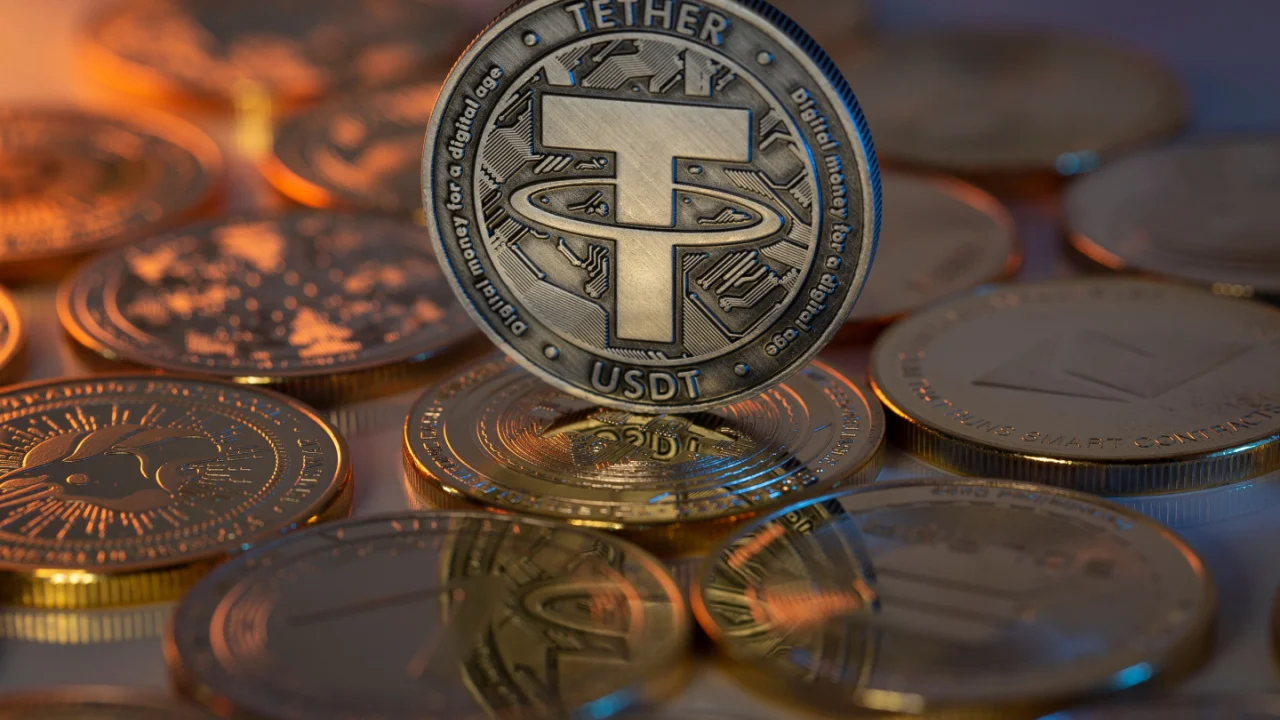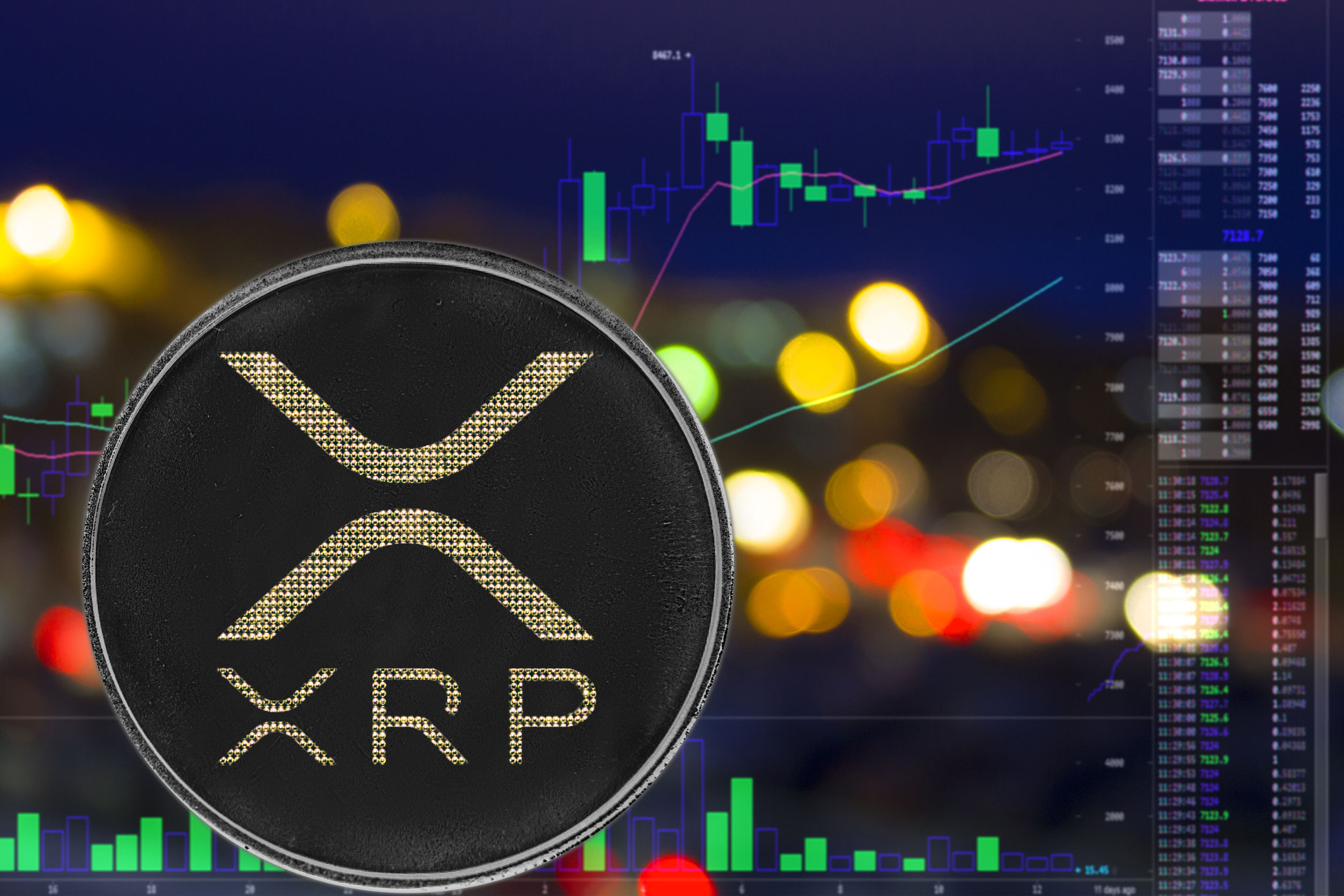Tether, the issuer of the world’s most widely used stablecoin USDT, has taken a significant step in expanding its footprint in global trade finance. Recently, Tether’s investment division completed its first-ever crude oil transaction in the Middle East, valued at approximately $45 million. This transaction involved a leading publicly traded oil super-major and a prominent commodity trader, marking Tether’s ambitious move into the regional crude oil sector and showcasing the potential of USDT as a viable solution for large-scale financial transactions.
The transaction facilitated the transport of 670,000 barrels of crude oil and further underscores Tether’s commitment to embedding USDT into the global commodities market. This landmark deal follows the establishment of Tether’s Trade Finance division earlier this year, which operates separately from Tether’s stablecoin reserves. The division was launched to fund opportunities within the expansive $10 trillion trade finance market, focusing on sectors such as commodities, finance, agriculture, and asset-backed lending. By supporting the energy sector, Tether aims to leverage blockchain-based payment solutions that offer speed, stability, and transparency.
Tether’s Strategic Expansion In The Middle East
Tether’s recent successes demonstrate a clear commitment to expanding its reach within the Middle East. Last week, Tether launched a Dirham-pegged USDT on the TON Network, aimed at meeting the needs of the United Arab Emirates’ evolving Web3 ecosystem. As more businesses in the region adopt blockchain technology, the demand for stablecoin solutions like USDT is likely to rise, further solidifying Tether’s role as a key player in the regional market.
This latest transaction is a testament to Tether’s mission of broadening USDT’s applications beyond cryptocurrency exchanges and into real-world financial ecosystems. Tether’s ability to facilitate a high-value transaction like this one demonstrates USDT’s versatility and efficiency, attracting attention from sectors traditionally outside the crypto industry.
Strong Financial Performance and Liquidity Strategies
Tether’s Q3 2024 report reflects robust financial health, with the company reporting a net profit of $2.5 billion. This profitability is attributed to diversified investments in assets like U.S. Treasuries and gold, which provide financial stability and growth. This strong performance has allowed Tether to expand its investment division and pursue large-scale projects like the Middle East oil deal.
Additionally, Tether’s CEO Paolo Ardoino recently addressed a $2 billion USDT minting on the Ethereum blockchain, explaining that the transaction was part of a liquidity management strategy. This chain swap, which redistributed USDT from multiple blockchains to Ethereum, underscores Tether’s focus on optimizing liquidity for its users.
Tether’s Role in the Future of Trade Finance
By successfully executing its first crude oil deal in the Middle East, Tether has positioned USDT as a stable and efficient payment tool in the global trade finance sector. As Tether continues to forge new pathways in commodities and trade, USDT’s role as a bridge between digital assets and real-world applications is becoming increasingly apparent. With an eye on future opportunities in commodities and beyond, Tether’s expansion signals a promising future for USDT in both digital finance and traditional markets.
Disclaimer: The information in this article is for general purposes only and does not constitute financial advice. The author’s views are personal and may not reflect the views of Chain Affairs. Before making any investment decisions, you should always conduct your own research. Chain Affairs is not responsible for any financial losses.





